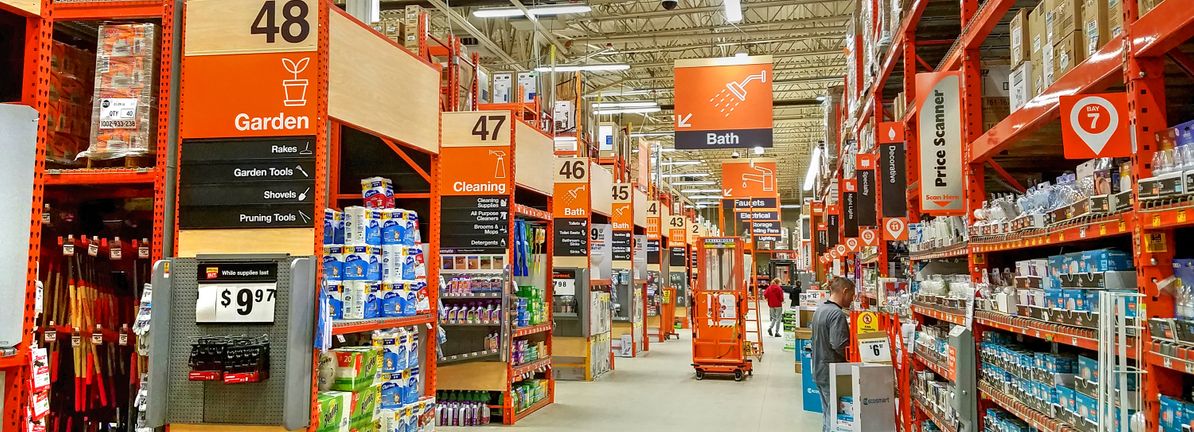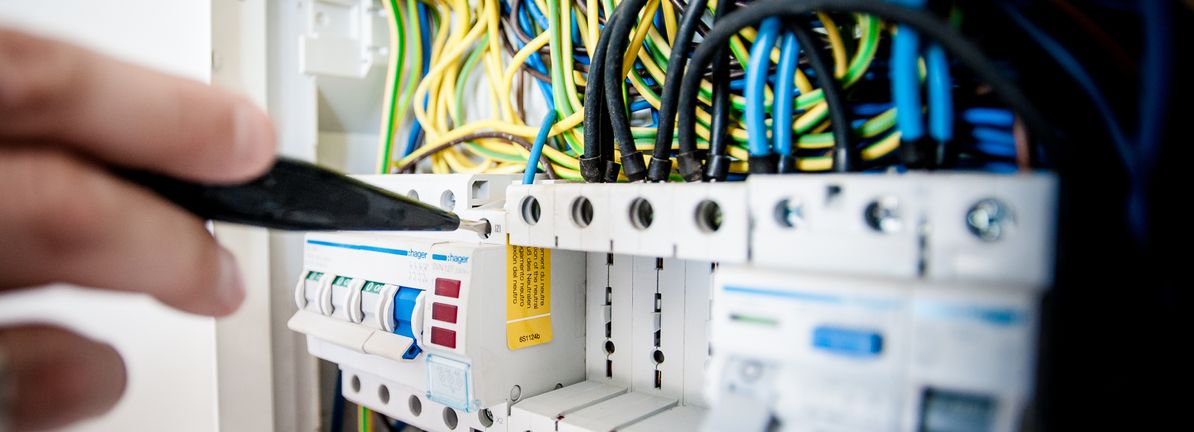China Qidian Guofeng Holdings (SEHK:1280) has seen its stock make quiet moves lately, catching the attention of investors looking for signals beneath the surface. The stock’s recent price action invites a closer look at its fundamentals.
See our latest analysis for China Qidian Guofeng Holdings.
The recent uptick in China Qidian Guofeng Holdings’ share price, closing at HK$4.48 with a 1-day return of 2.75% and a strong 7-day gain of 6.67%, points to renewed investor interest and hints at improving sentiment. While short-term price swings have been notable, the bigger story is the robust momentum reflected in an impressive year-to-date share price return of 65.31% and a remarkable 1-year total shareholder return of 84.36%. This suggests that the stock’s climb is not just a short-lived rally but part of a longer positive trend.
If you’re looking for what else might be gaining momentum under the radar, now is the perfect time to see what other investors are discovering in fast growing stocks with high insider ownership
But with such impressive gains logged, the key question for investors is whether China Qidian Guofeng Holdings still offers value at current levels or if future growth prospects are already fully reflected in the price.
At its last close of HK$4.48, China Qidian Guofeng Holdings is trading at a price-to-sales ratio of 16.5x, which is much higher than both its peer group and the broader Hong Kong Specialty Retail industry.
The price-to-sales (P/S) ratio compares a company’s market capitalization to its revenue. This figure reflects how much investors are willing to pay for each dollar of sales. For specialty retailers like China Qidian Guofeng Holdings, this measure helps gauge the market’s expectations for future revenue growth and business quality, especially when profits are negative or erratic.
Currently, the company’s P/S is not only above the peer average of 2x, but also far higher than the industry average of 0.7x. This large premium signals that the market is pricing in strong future performance or unique potential that peers lack. However, it may also mean expectations have run ahead of fundamentals. With no reliable analyst forecasts and the company still unprofitable, this valuation looks difficult to justify on current performance alone.
See what the numbers say about this price — find out in our valuation breakdown.
Result: Price-to-Sales of 16.5x (OVERVALUED)
However, a persistent lack of profits and a high valuation could quickly reverse sentiment if growth fails to materialize as expected.





